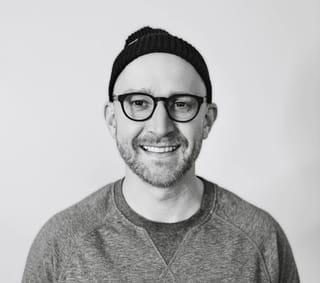Do Then Know > Know Then Do
I have been teaching at the university level for the last couple of decades, first at the Academy of Art University and then at my alma mater, the University of Montana. At the same time, I've been both a marketing practitioner and entrepreneur.
When I first started teaching, I'd follow a pretty standard structure. I'd teach/lecture/assign all semester, and then when I felt my students had learned enough, I'd look for opportunities to apply their knowledge in a way that wasn't all that different from what was happening in the world of marketing.
You'd have a problem. You'd do a bunch of research and try to learn about different solutions. And then you tried to solve the problem.
But then, over the past decade, an exciting thing happened in business. Things got much faster. Much much faster. Also, ideas and hypotheses became much easier and faster to implement. It didn't make sense anymore to spend a lot of time learning before solving the problem. Often there weren't established resources yet. Or by the time you felt you knew enough, the opportunity had passed.
So over time, successful business execution became more about doing then knowing, rather than knowing, then doing. So I have evolved my teaching to a similar structure. Rather than spend all semester teaching different concepts and then looking for application opportunities (know then do), I try to force application right away while providing some resources to help (do then now.) Then I push my students to share their lessons, successes, and failures. And then, we move on to the next application. This "Do then Know" model is much more realistic than real life, accelerating and forcing learning. In terms of absorbing information, I've heard from many students that absorbing information "just-in-time" is much more effective than "just-in-case."
Let's face it. Most students and professionals learn when they have to. It's time to stop pretending otherwise.
So let's do then, know, not the other way around.
Ps. There are exceptions. Let's hope my dentist doesn't read this.
Schulzke Dot Com Newsletter
Join the newsletter to receive the latest updates in your inbox.

